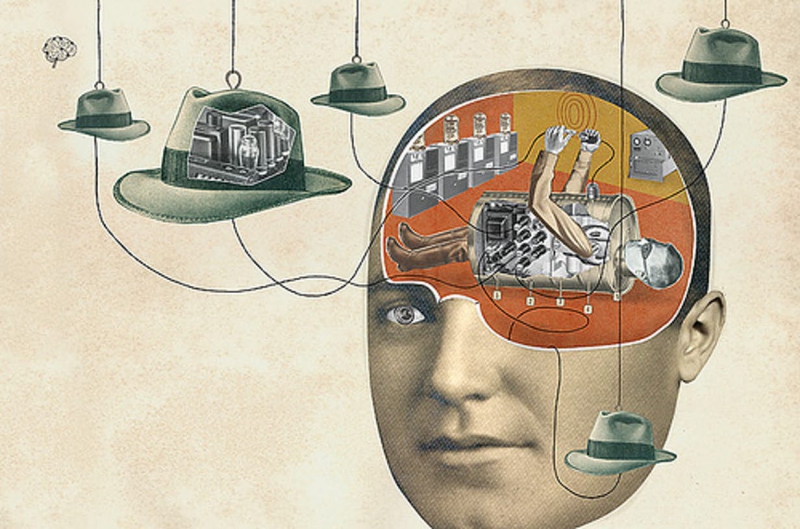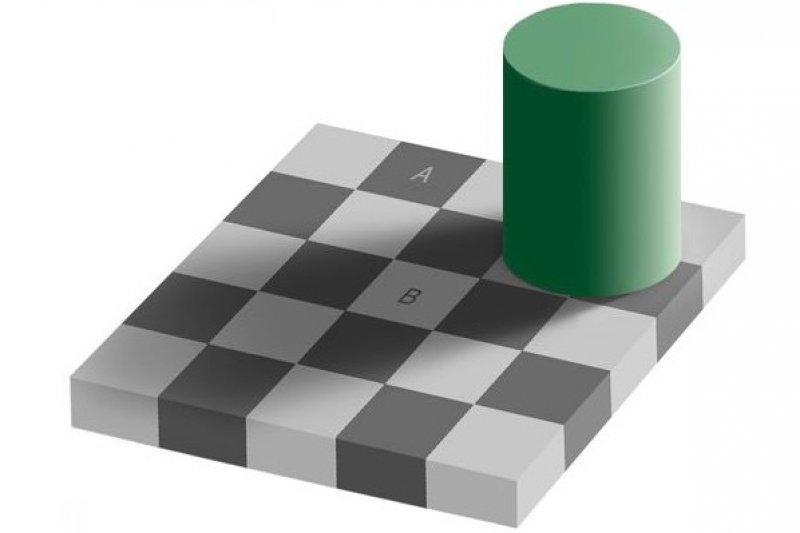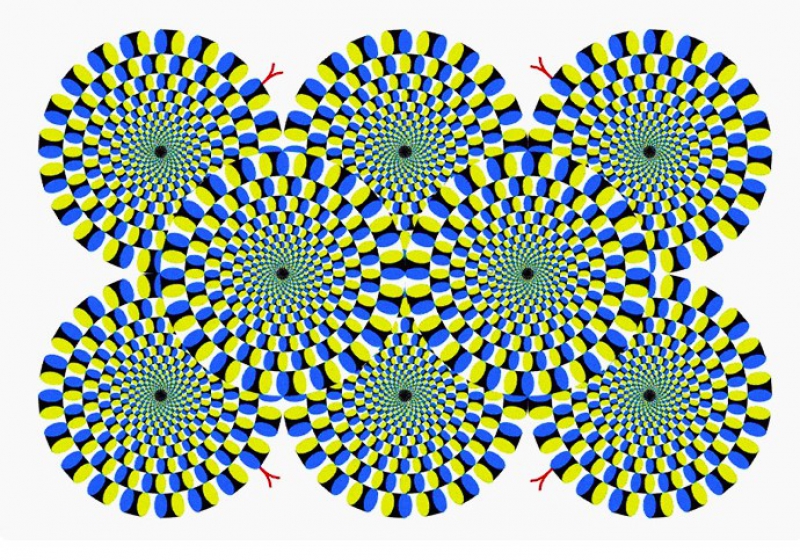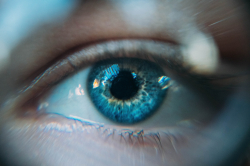Illusions or hallucinations?
Imagine that it’s late at night and you see a cat sitting on a tree. When you come closer, you realize that this was not an animal, but a black bag. Is it an illusion or hallucination? The key difference between these two is the presence of a stimulus which only exists in the former. An illusion is merely a misperception of what’s really there, whereas a hallucination is an error in perception, which is why it is often associated with mental health issues.

Verification with a camera
One of the main problems when studying the nature and properties of visual illusions is the lack of a unified approach to their description and classification. However, there still is a way to tell them apart from illusions caused by physical phenomena. For example, the image of a broken spoon in a glass of water or mirages in the desert are illusions that are caused by the effect of light refraction. The best way to check whether an illusion is caused by a physical phenomenon or not is to take a picture of it. The thing is that illusions of visual perception do not exist in the real world, but are created by the human brain. Therefore, they will not be in the picture, while physical illusions are part of the reality that every smartphone can capture.
Length, color and movement: the most popular visual illusions
Despite the fact that there is no universally recognized classification of visual illusions, scientists divide the existing trompe l’oeils into different groups depending on the object perceived: the presence of the illusion of movement, distortion, contrast, size, etc.
One of the most famous optical-geometric illusions is the Müller-Lyer illusion.

It consists in the fact that observers tend to perceive the left segment to be longer than the right one, although, in fact, they are the same in length.
Another example which also points to errors in our perception of size is the Ponzo illusion.

Portrayed against the background of two converging lines, two identical parallel segments appear different because the brain interprets the converging lines as forming a perspective. We think that the upper segment is located further away and therefore should be larger. In addition to the converging lines, an important role in creating such an impression is played by the decreasing distance between the intermediate horizontal segments.
Color illusions of visual perception occur through a complex interplay of contrasts: the brain uses its past experiences to identify between different colors and cannot disengage itself enough to notice that the colors it tries to pinpoint may differ from the usual ones. One striking example is Edward Adelson’s checker shadow illusion.

This optical illusion has us believe that even in the shadow, the white cells displayed are lighter than the dark ones in the light. The surprising reality is that the fragments A and B are of the same color. This case also falls under the brightness contrast laws: the color seems lighter against a dark background and darker against a lighter one.
As an example of the illusions of movement, Valery Karpinskaya demonstrated the rotating snakes illusion by Japanese psychiatrist Akiyoshi Kitaoka.
Professor Akiyoshi Kitaoka from Ritsumeikan University in Kyoto, Japan, is famous for creating his collection of moving optical illusions. The psychiatrist himself claimed that such images can be used to determine a patient’s mental state. If you don’t see any movement in the picture, this means that your mental health is good. If you see a slow rotation, you probably need a rest. You need to worry if the snake moves very quickly. This may mean that you’re running out of resources and need to recharge your batteries.
Scientists know dozens of examples of visual perception illusions, but they can all be explained by different features of our vision and cognition: retinal mechanisms, aftercontraction effects, and cognitive processes taking place at the cortical structures level. This reinforces the complexity of creating a unified system and the classification that would reflect the full peculiarity of the illusions of perception.

Illusions of Consciousness
Illusions of consciousness refer to the processes when we miss out on some of the information for some reason without noticing it.
One example in this category is inattentional blindness. The most well-known study demonstrating this phenomenon is the Invisible Gorilla Test, originated by American psychologists Daniel Simons and Christopher Chabris. The scientists asked the participants of the study to watch a short video of two groups of people passing a basketball around. In the middle of the clip, a person wearing a full gorilla suit would walk through the scene and disappear. Experiments have shown that people do not notice the gorilla. This phenomenon can be explained by the fact that if we do not expect a particular object to appear and, all the more, are busy with performing an attention task, we won’t notice any changes. Similar to this is a situation where you are reading a paragraph situated in the middle of an article with words in which the letters are in disarray: in all likelihood, you won’t notice this and will continue to read the article as if nothing has happened.
Another example is change blindness. This is a perceptual phenomenon that occurs when a change in a visual stimulus is introduced and the observer does not notice it. For example, people often fail to notice major differences introduced into an image while it flickers off and on again.
Repetition blindness is yet another example of illusions of consciousness. People are sometimes poor at recognizing when things happen twice if this repetition occurs in a short period of time and the second object is located near the first one.
This is not the full list of all the possible illusions of consciousness and visual perception, there are many more out there. However, these examples are enough to illustrate how complex human perception processes are and how many tasks remain to be solved in the field of cognitive psychology.




